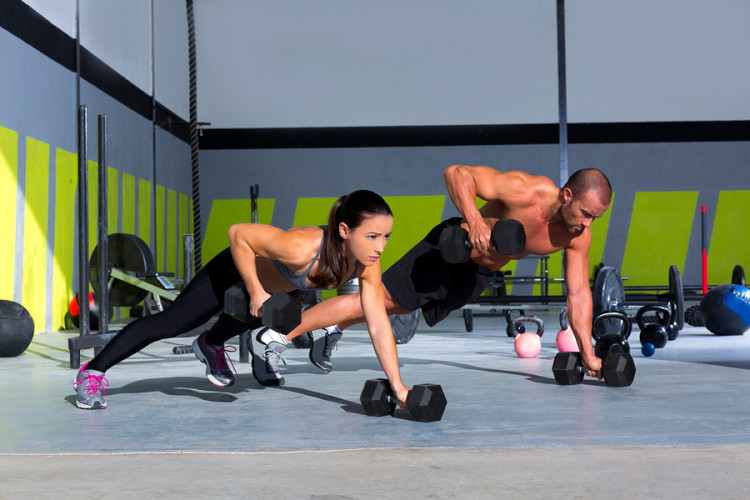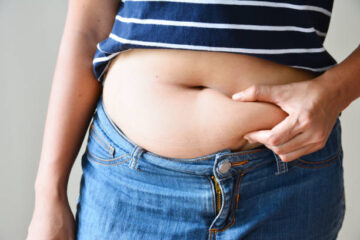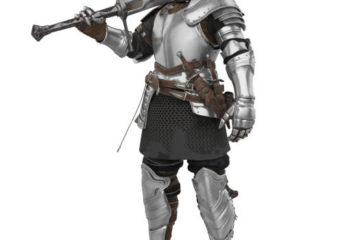What is the Active Recovery Zone

by Rob Martin September 14, 2022
Training today can be confusing with all the different information out there. Let’s talk about the Active Recovery Zone and whether it’s important or not. This zone’s intensity level is exactly what it’s titled, you ride very easy, below your zone 2/endurance/magic zone, and you are able to get some movement in, blood flowing, and let your body recover at the same time.
When you get a hard workout in, let’s say on a Tuesday, that leaves you completely tired and fatigued, the best thing you can do after that is recover. There are two ways you can recover, active or passive recovery. Obviously active recovery means doing something to help with recovery, something active. Passive recovery involves a lot of laying around. Both of these forms of recovery have benefits, and maybe a little bit of both is the ticket! I would call for 20-30 minutes of active recovery after that hard workout on the same day, and then taking some time later on to do a little passive recovery.
Active recovery, very low intensity exercise, has many benefits that include increasing blood flow the the muscles, flushing out the lactic acid from the muscles, removing waste from the muscles, possibly speeding up the process of healing muscle tears and pain, boosting metabolism, elevating ones mood, better sleep, and improved cognitive function.
Active recovery is a great method to use between interval sets. Instead of stopping completely after an interval, keep moving in order to keep the blood flowing, which in turn can help flush things out and keep muscle groups ready for the next interval. Active recovery is also great after a workout that is high in intensity or a race. Simply spend another 20-30 minutes in that very easy training zone to again keep the blood moving and start the process of recovery. You can also take a day say after a big block of training and do a little active recovery day, and then take a passive recovery day after the active recovery day.
Great activities for active recovery can be walking, hiking, cycling, swimming, shooting a basketball, cleaning the house, yoga, foam rolling, stretching, massage, and many other light exercises. You should not feel fatigue during these.
I do believe that both active and passive recovery serve their purposes, especially when used together. I think that active recovery is a must between intervals and after hard workouts. Passive recovery is just as important and can be done after the active recovery. Find something that works for you, and I know you will feel the difference!
Rob Martin is a CSCS through the NSCA and is TRX certified. He also was involved in athletics throughout high school and ran at a division I college. He currently races mountain bikes at the elite level and coaches cycling athletes. He also has a podcast called Unpacking the Athlete available on most major podcast platforms. Improve your level of fitness and/or level of cycling with his success, knowledge, experience, & 4 year degree. Visit his website www.bikelifewithrob.com







No Comment